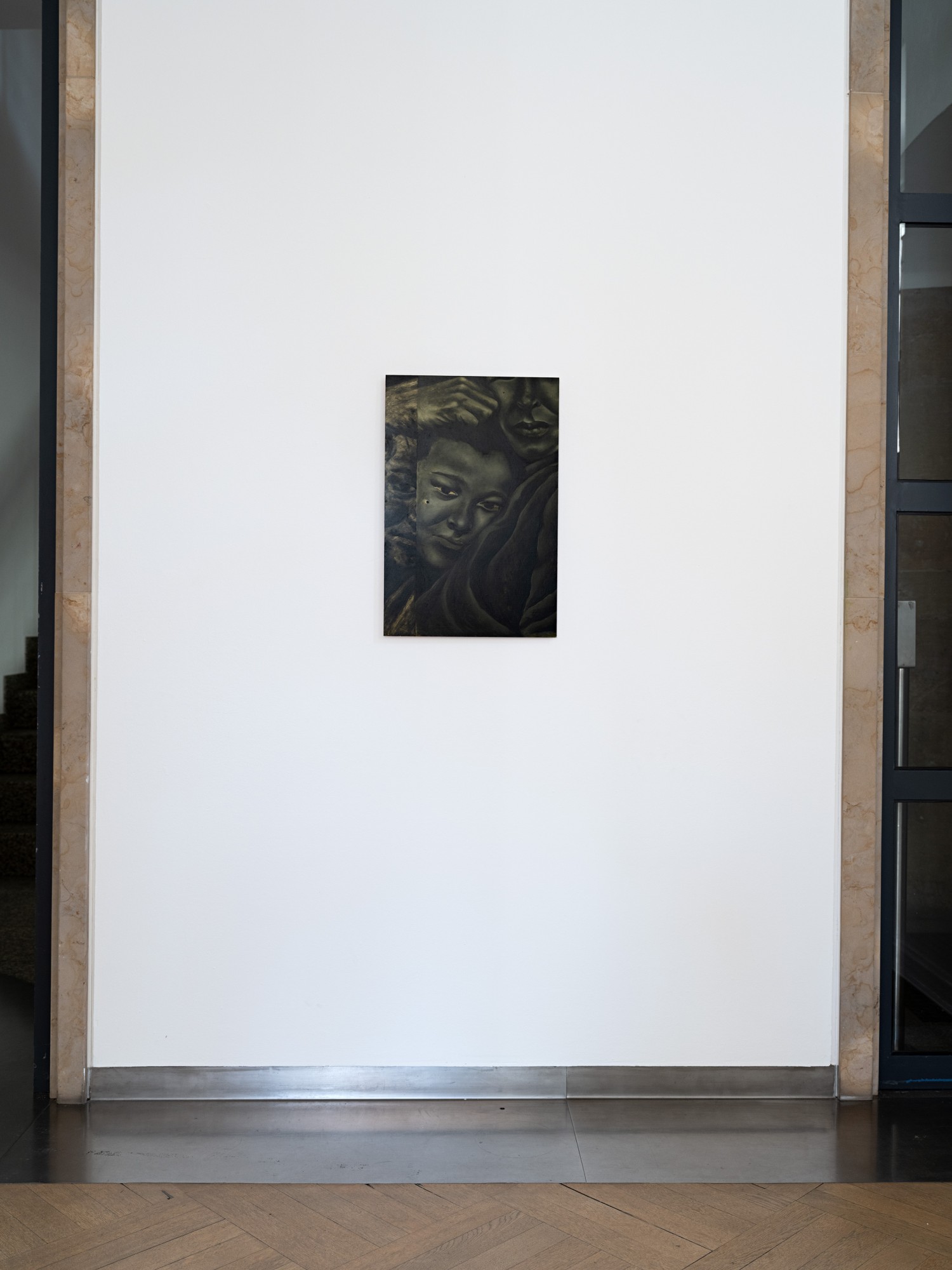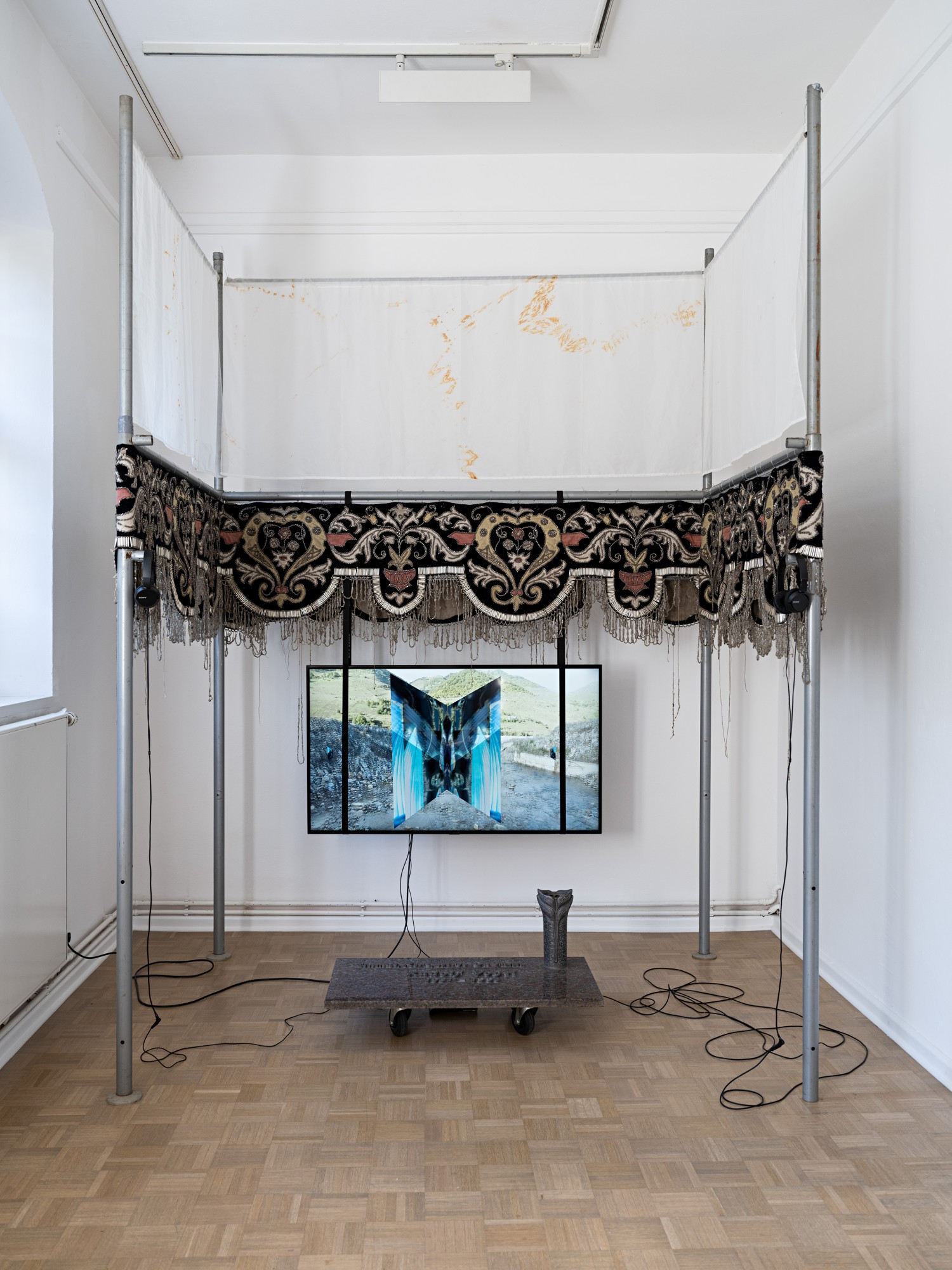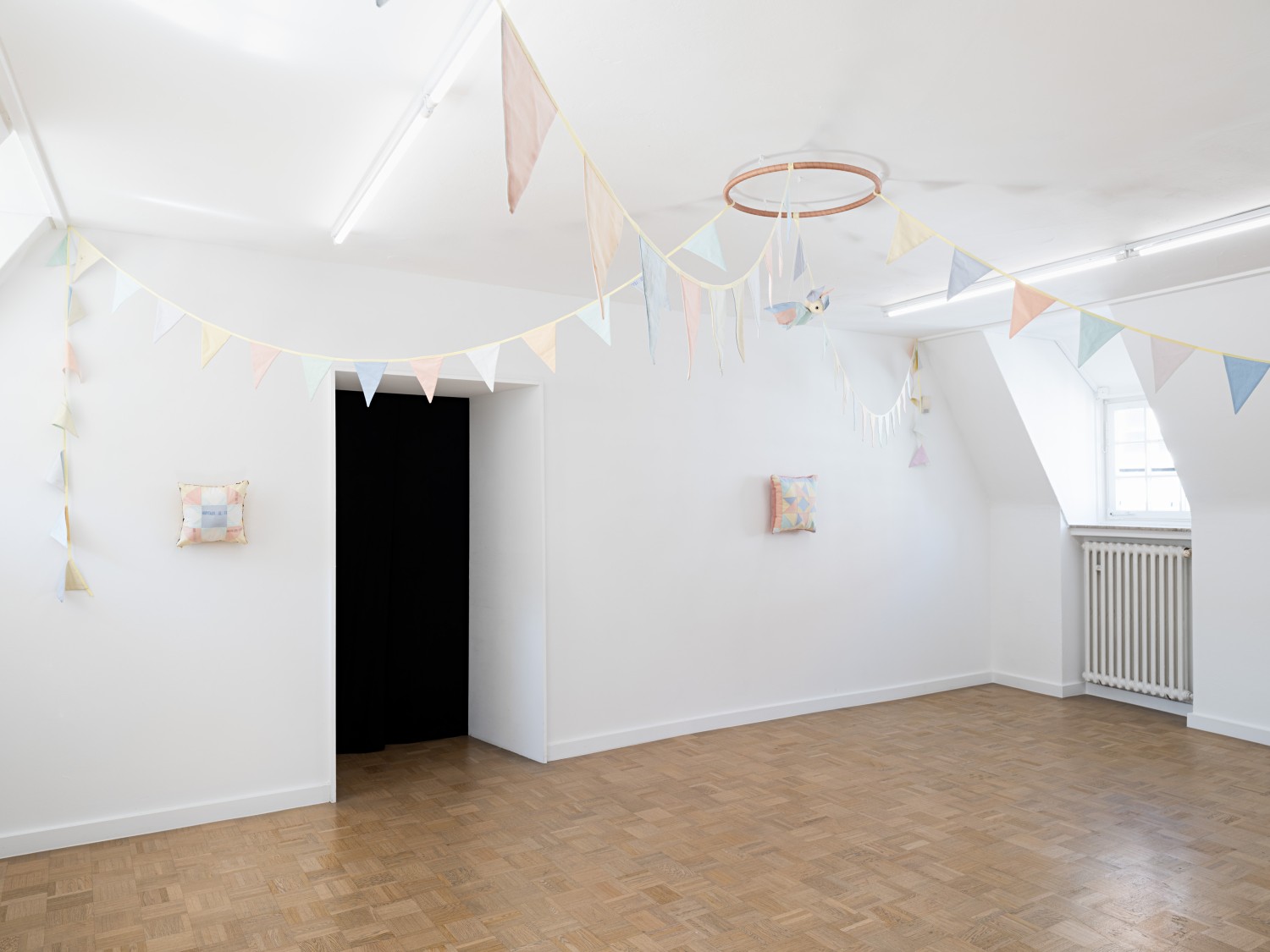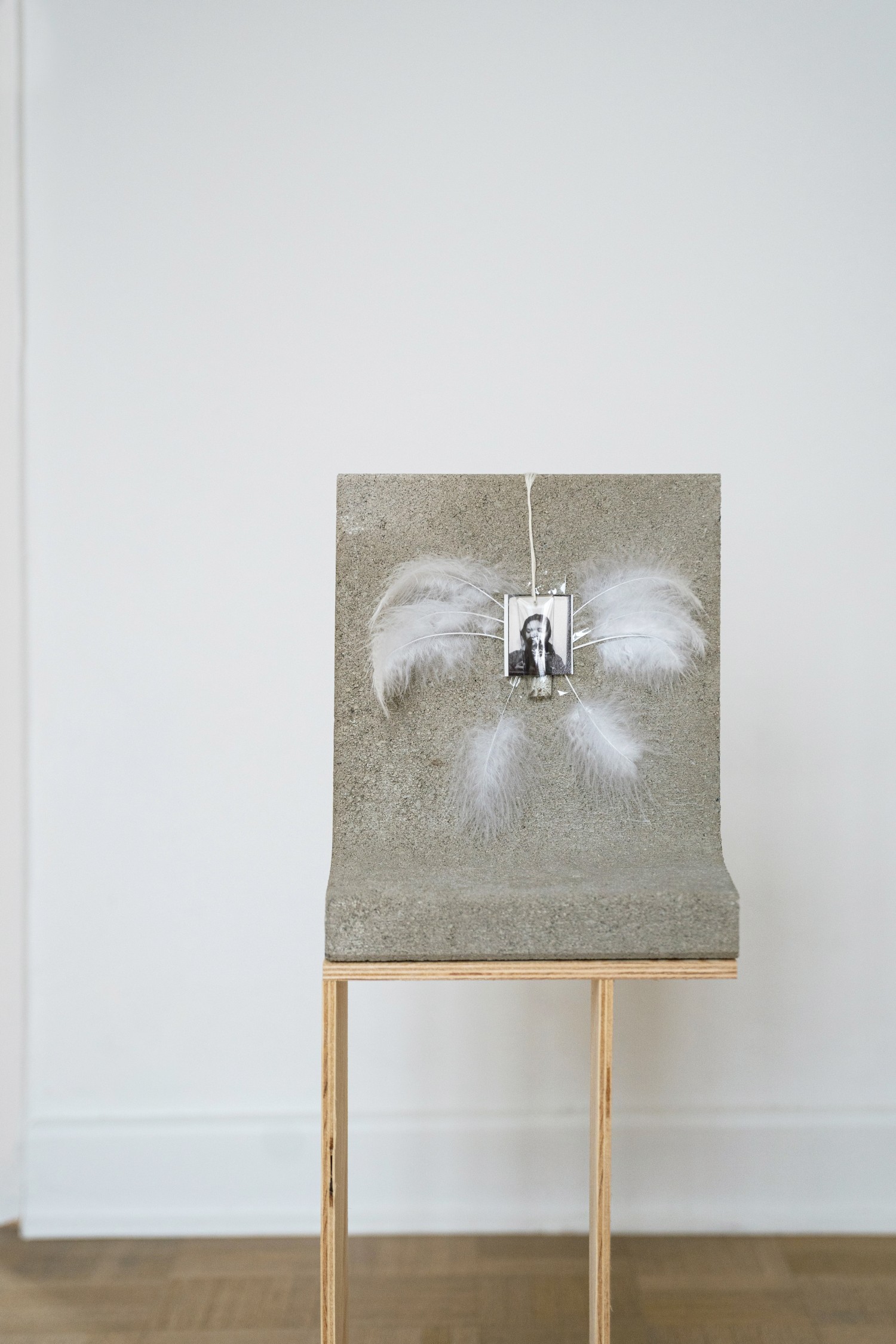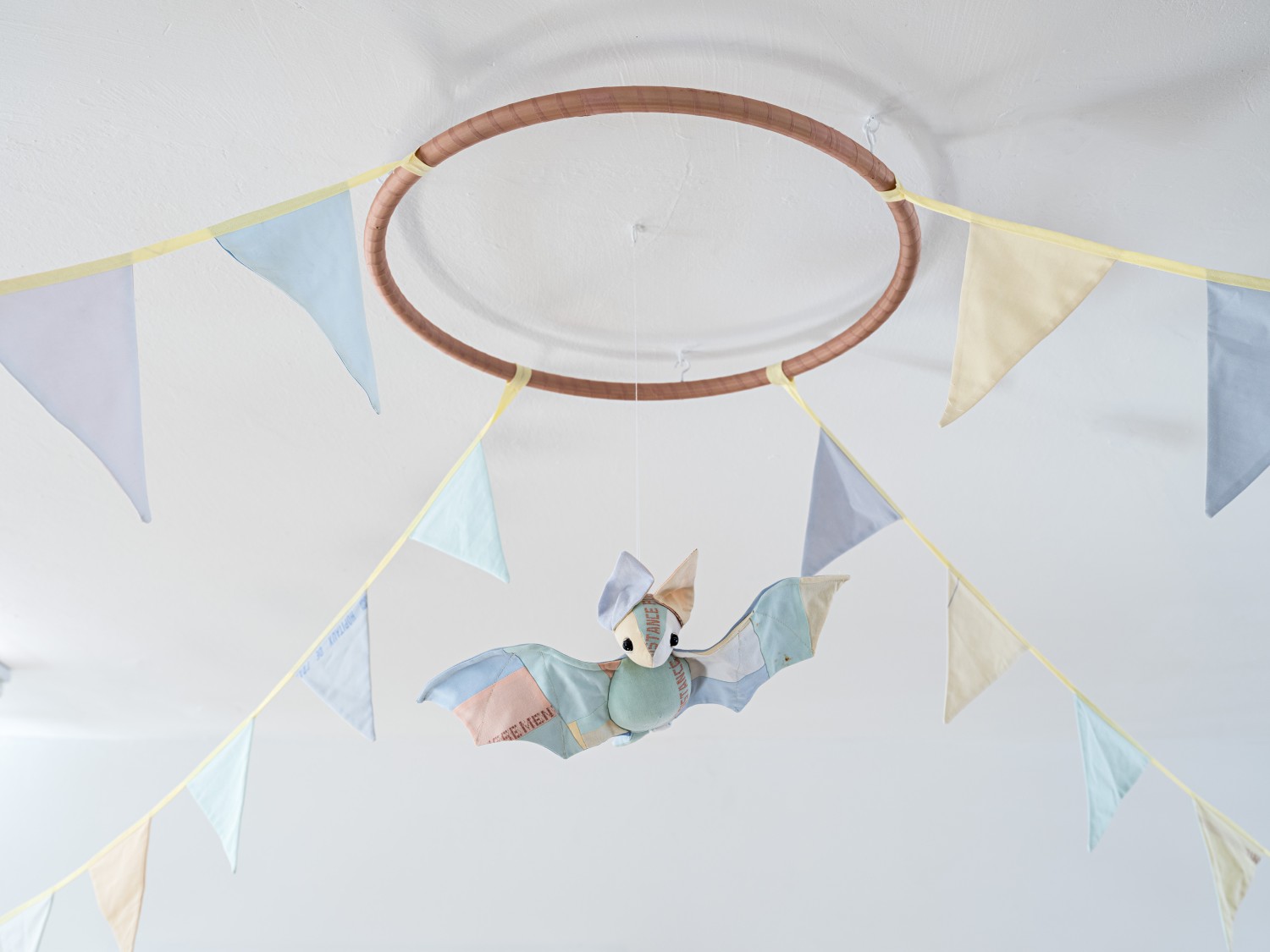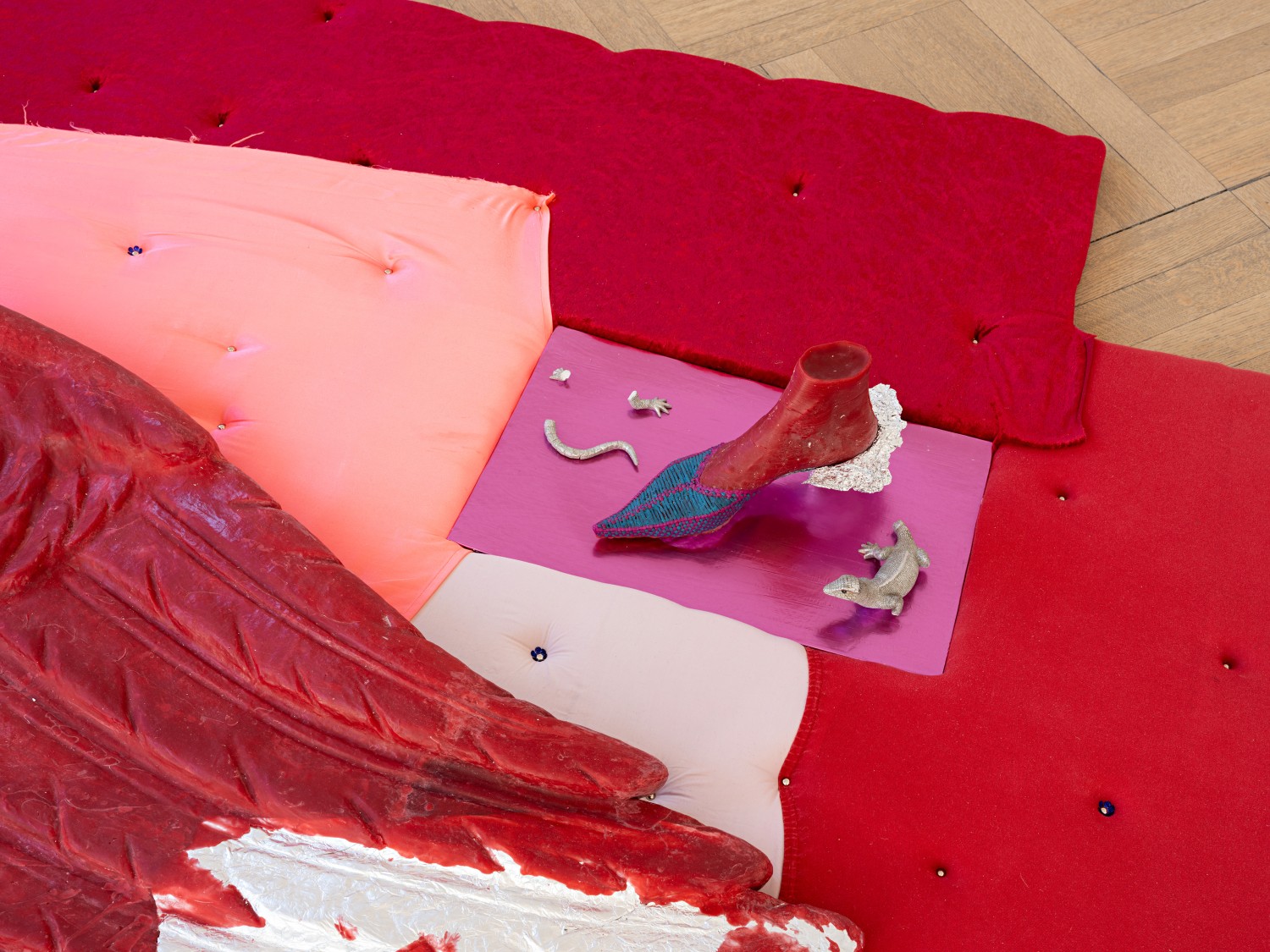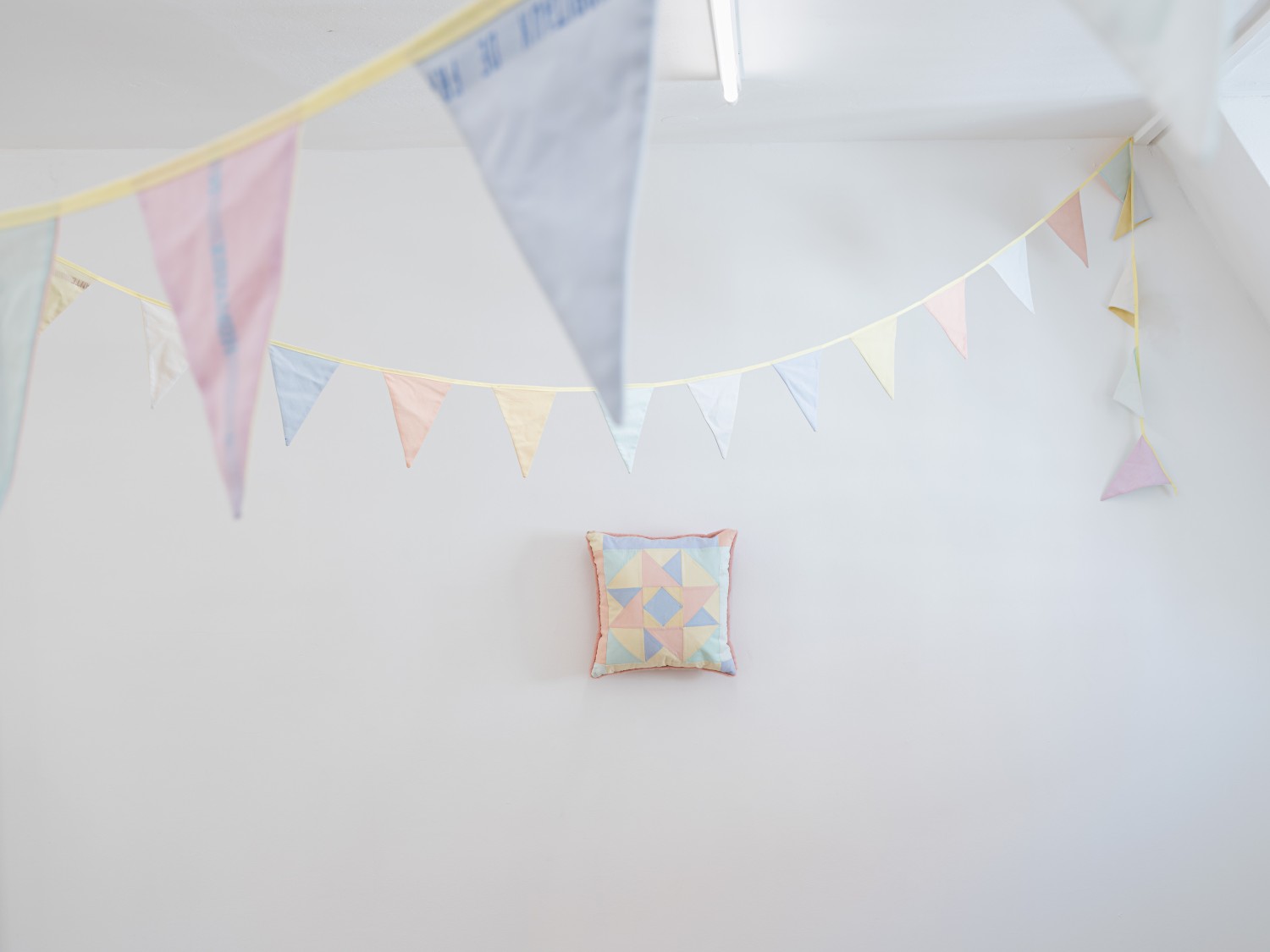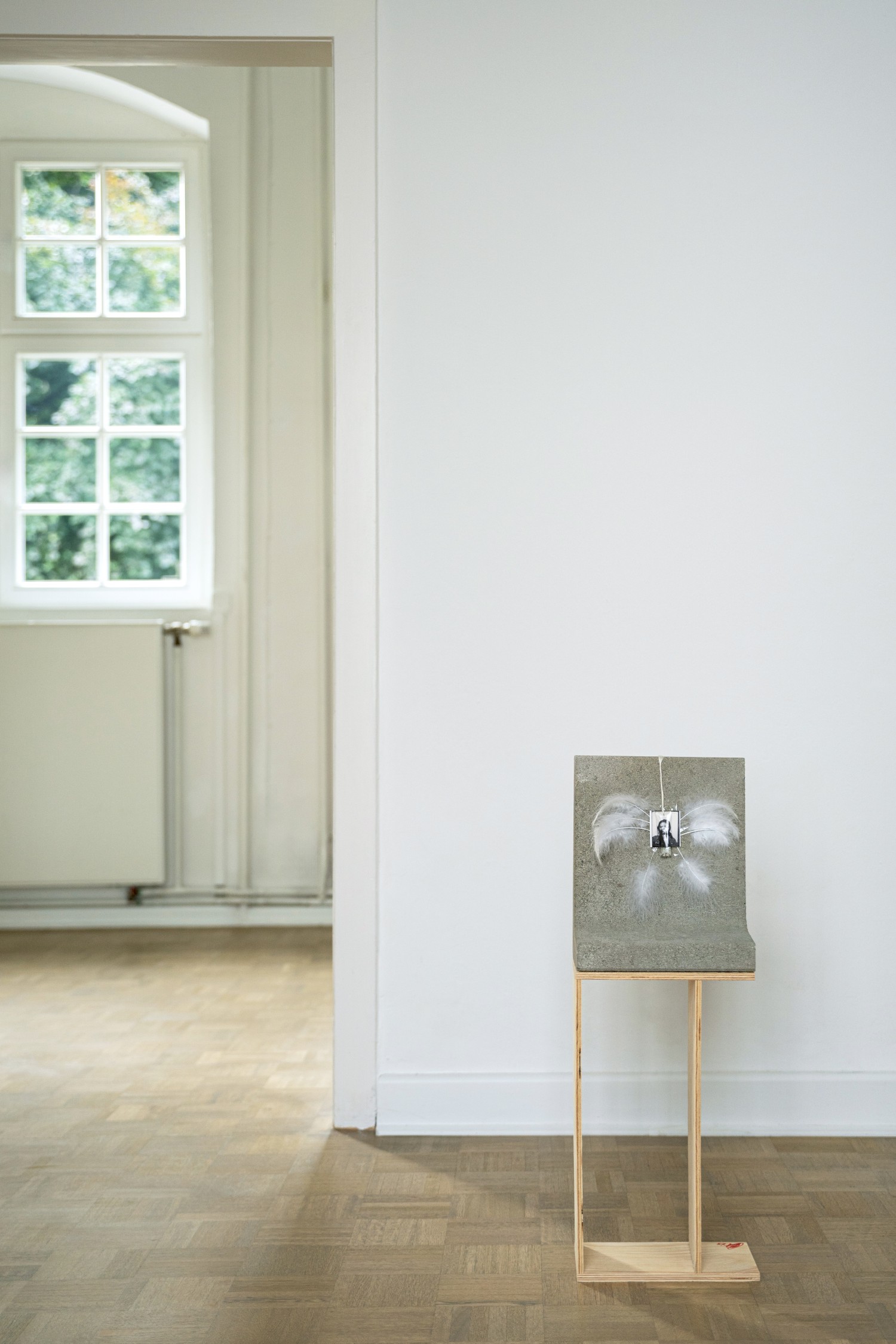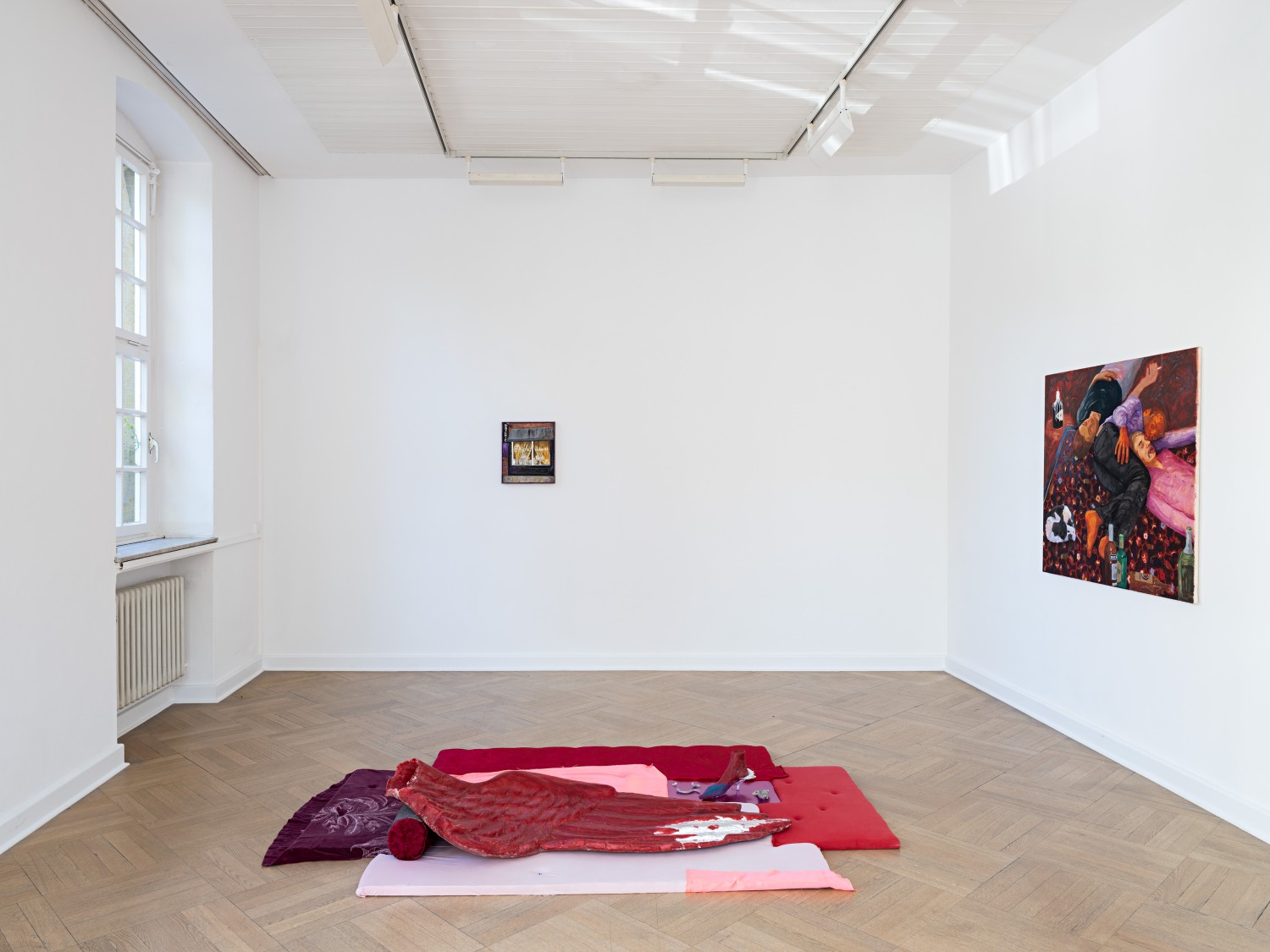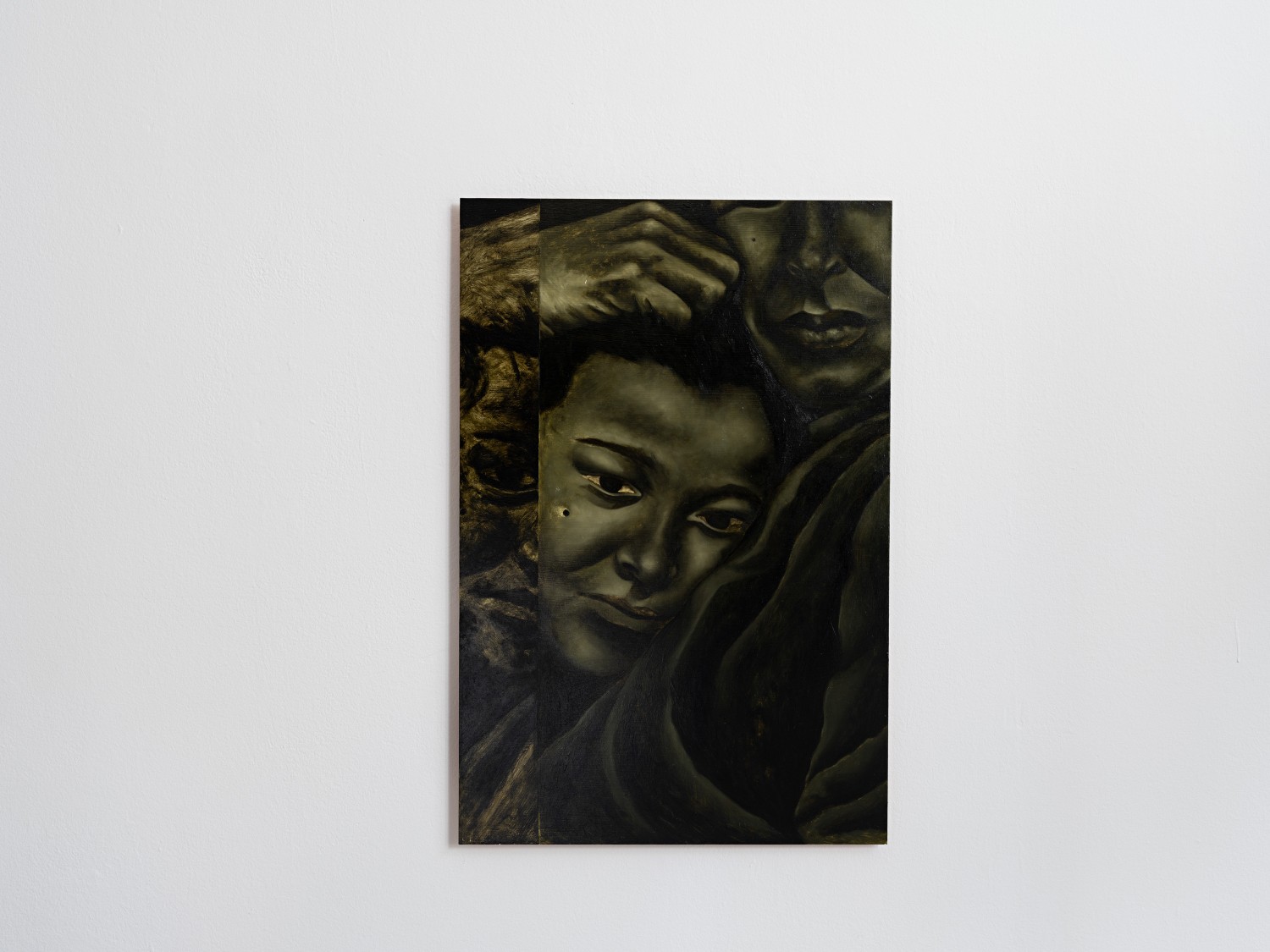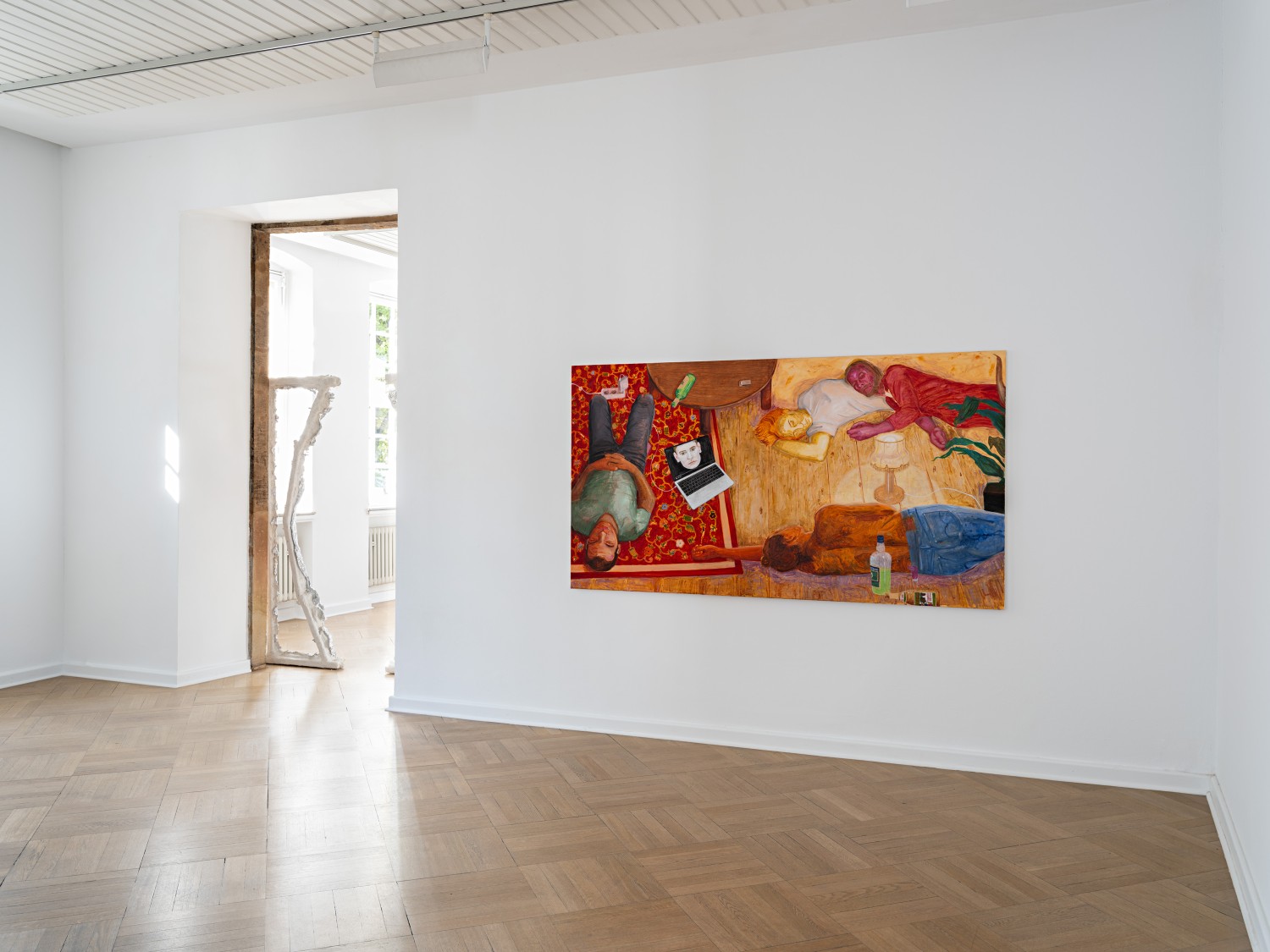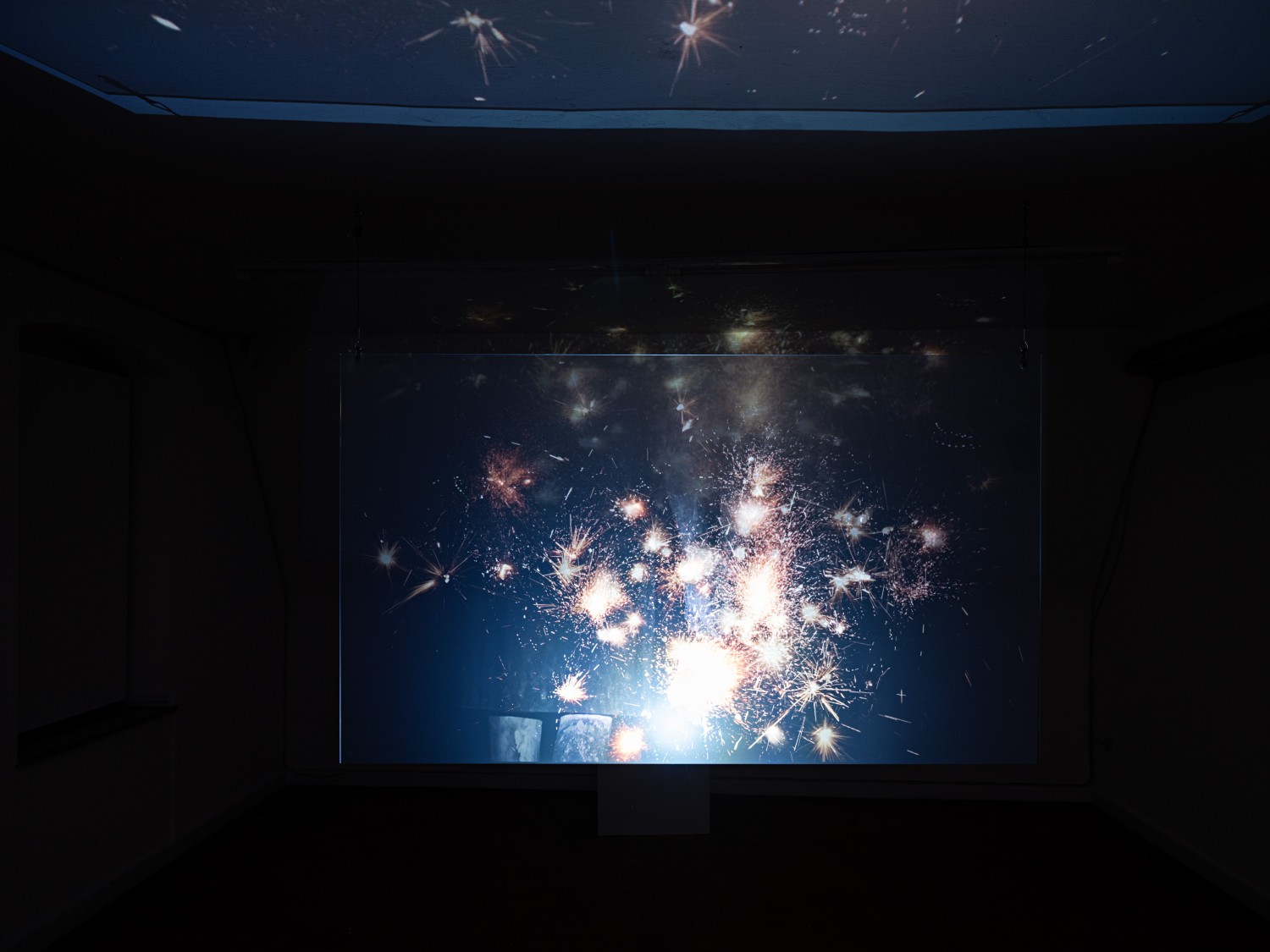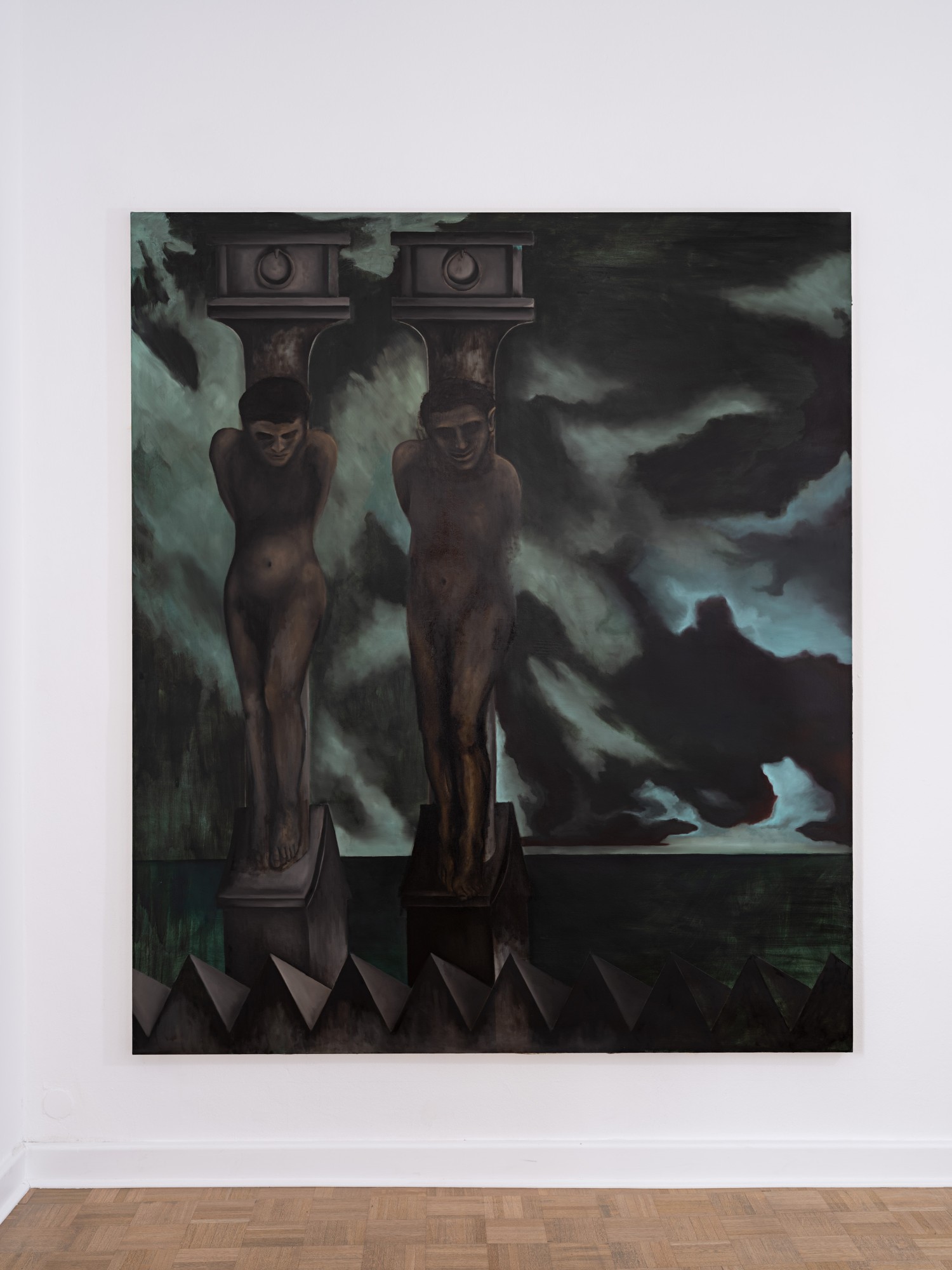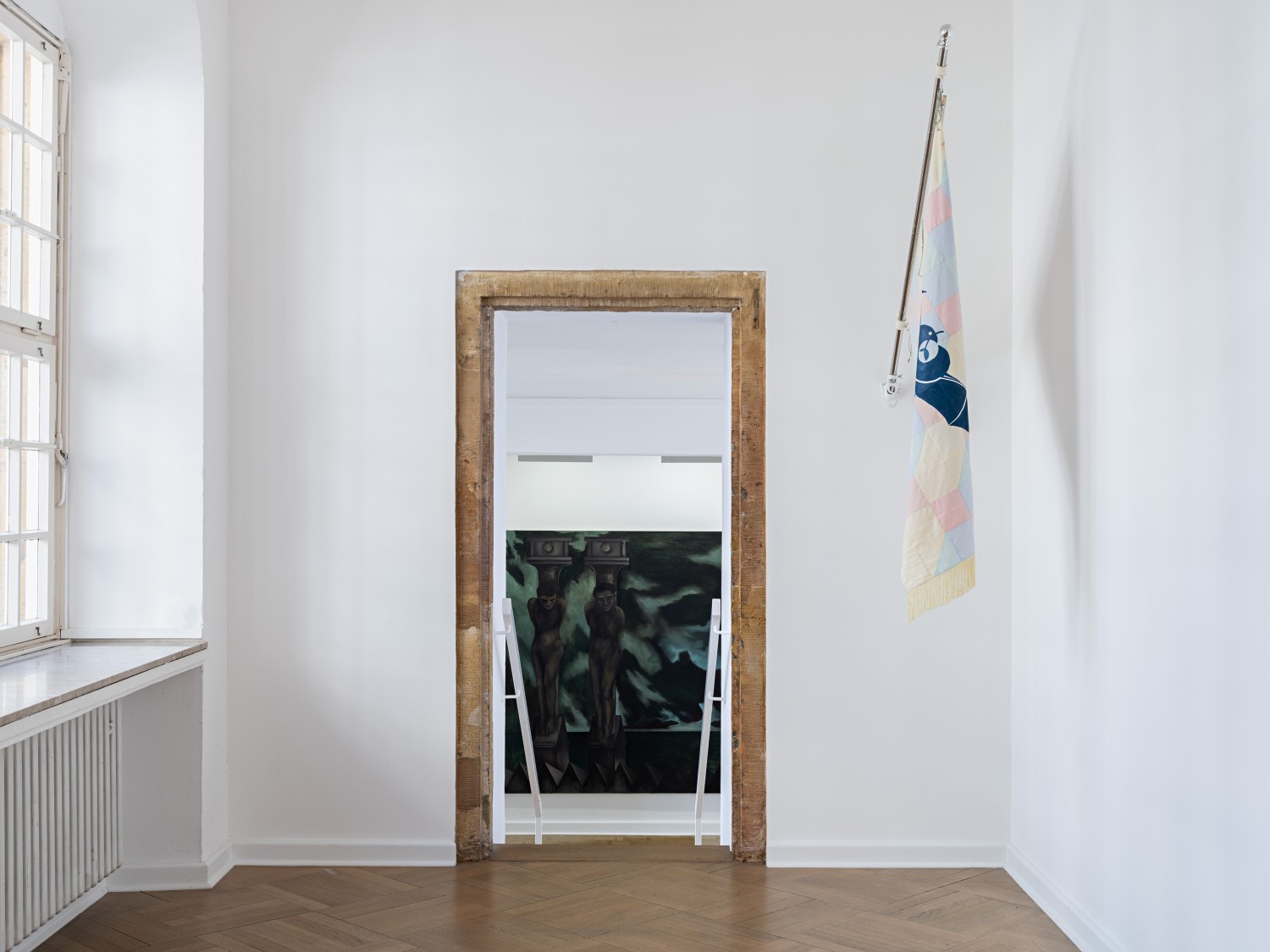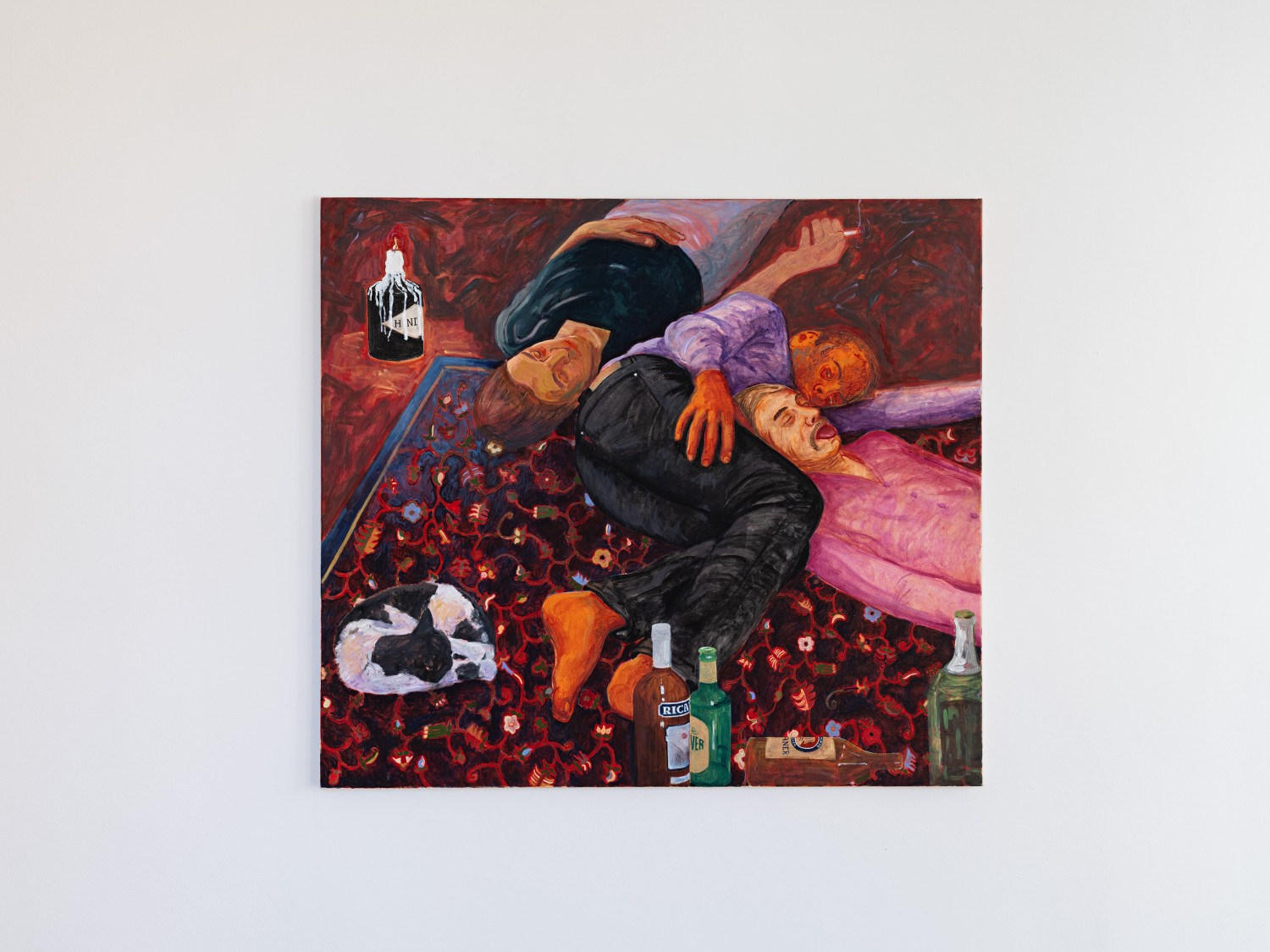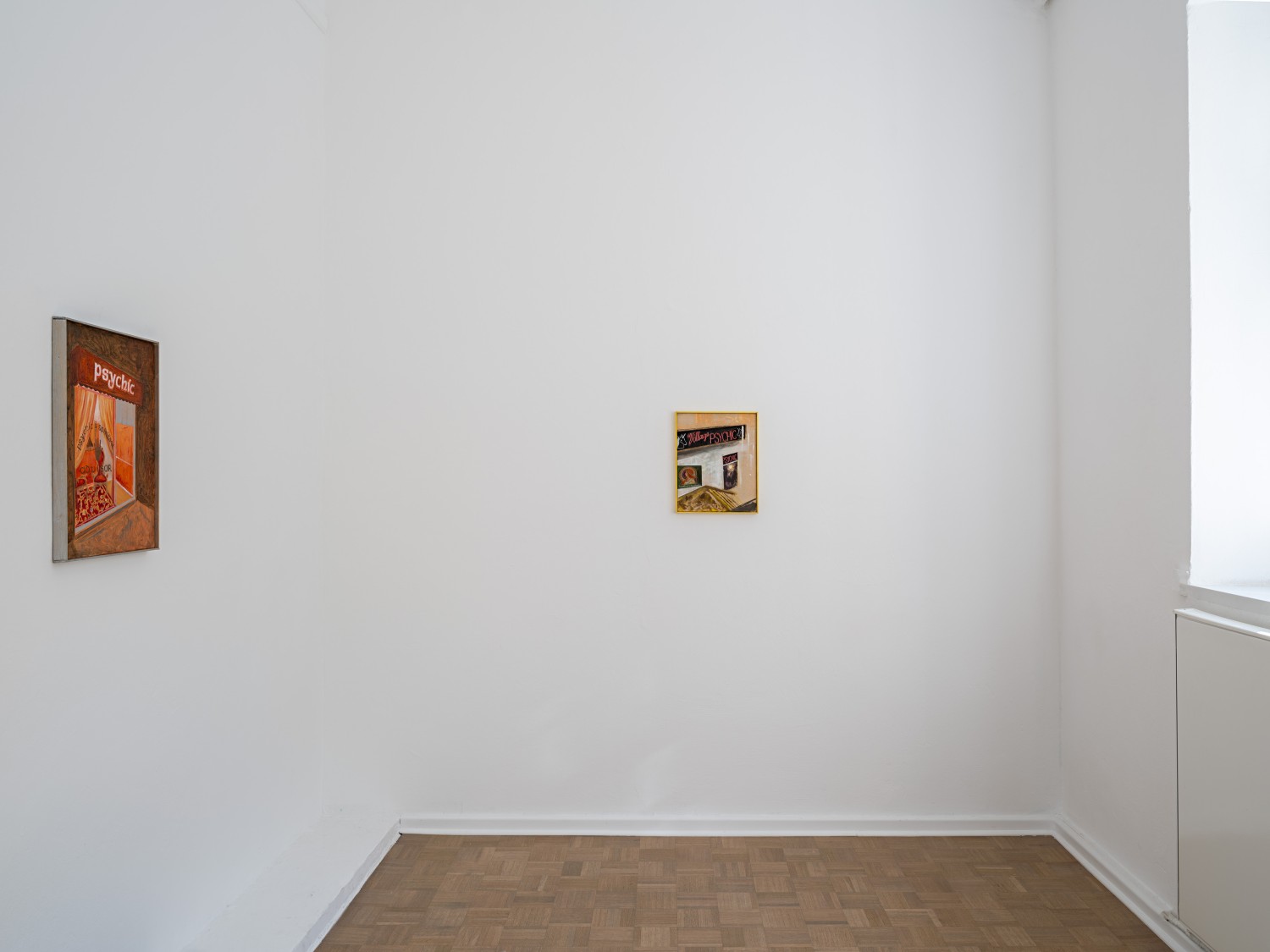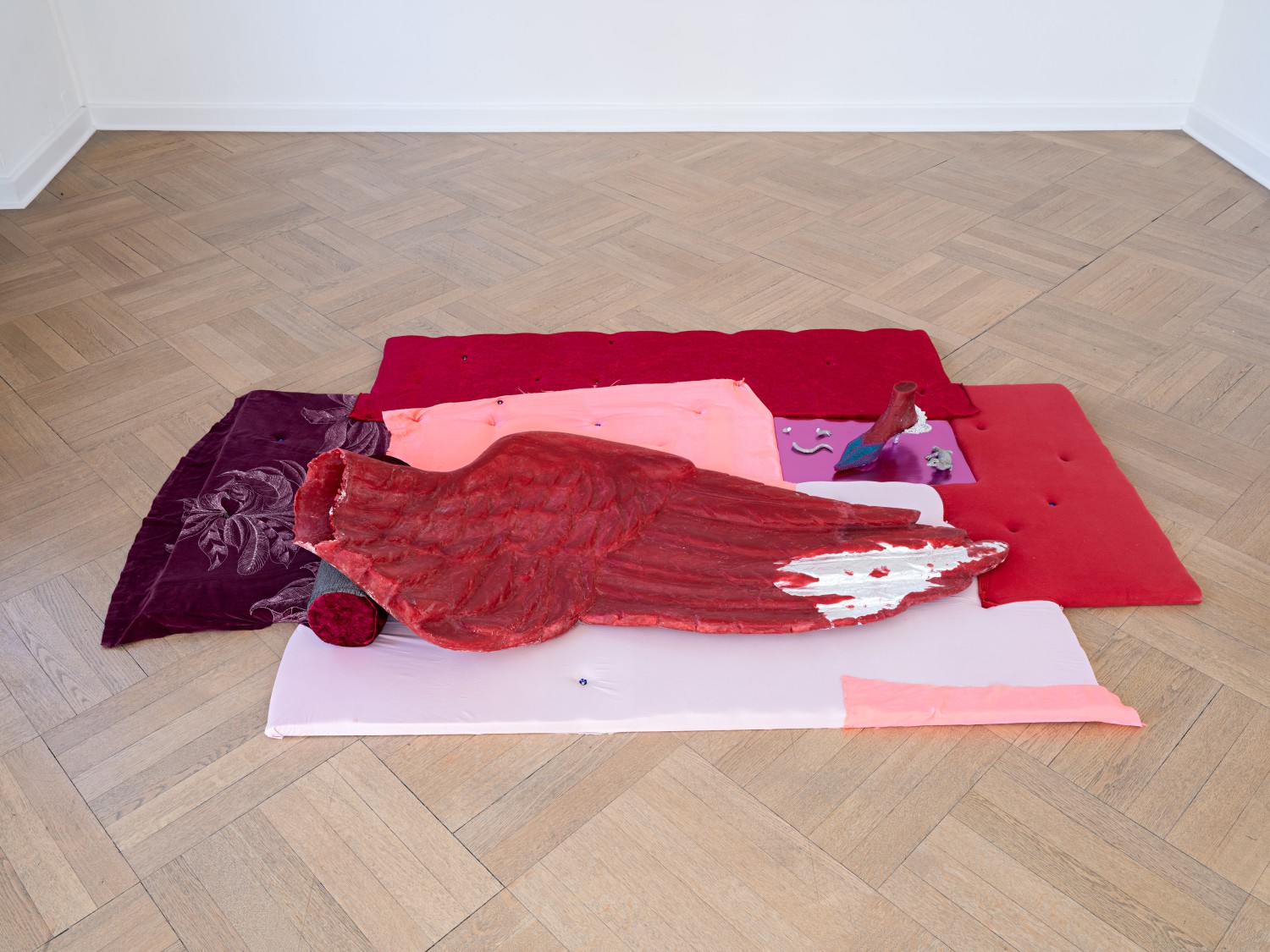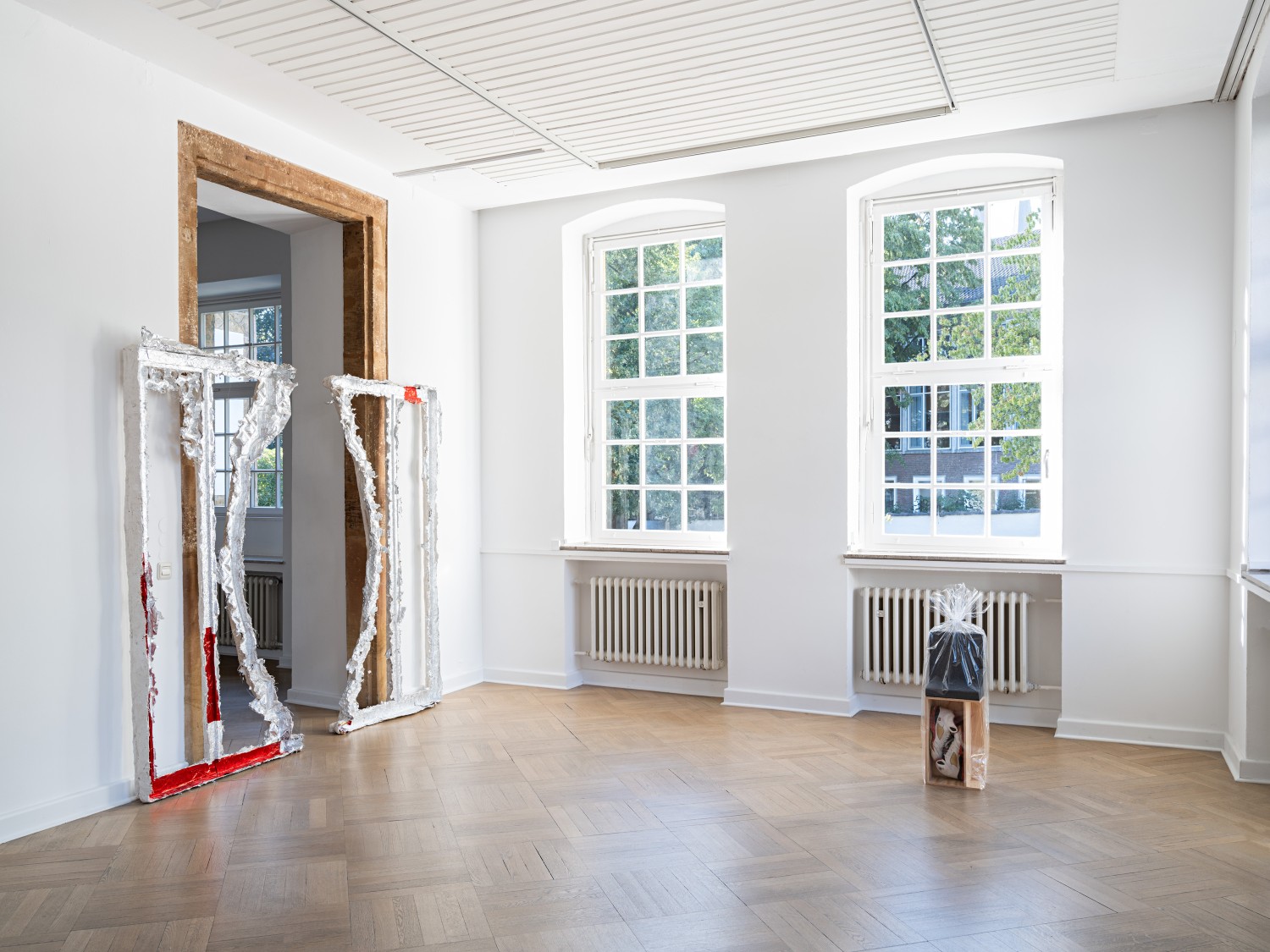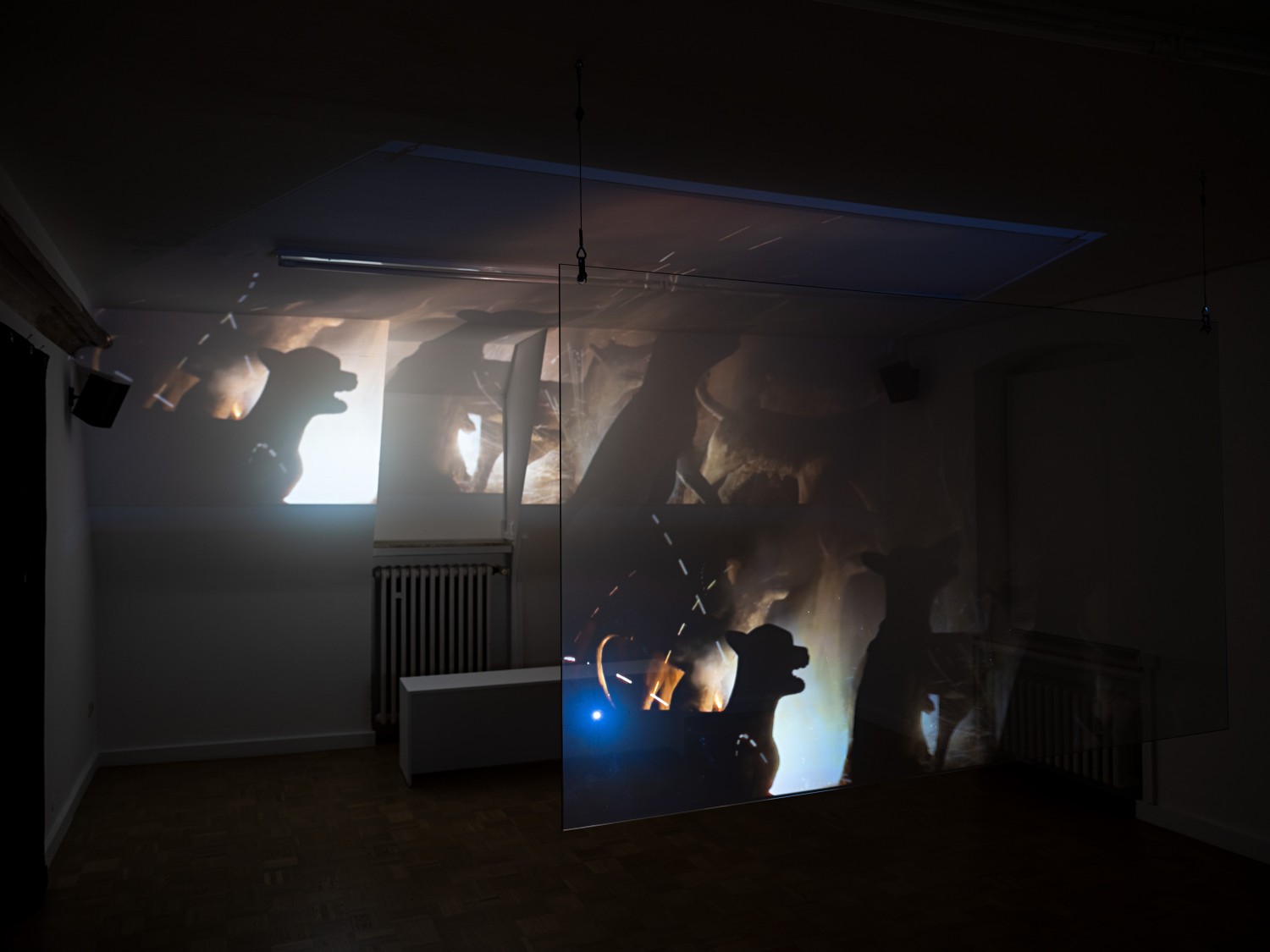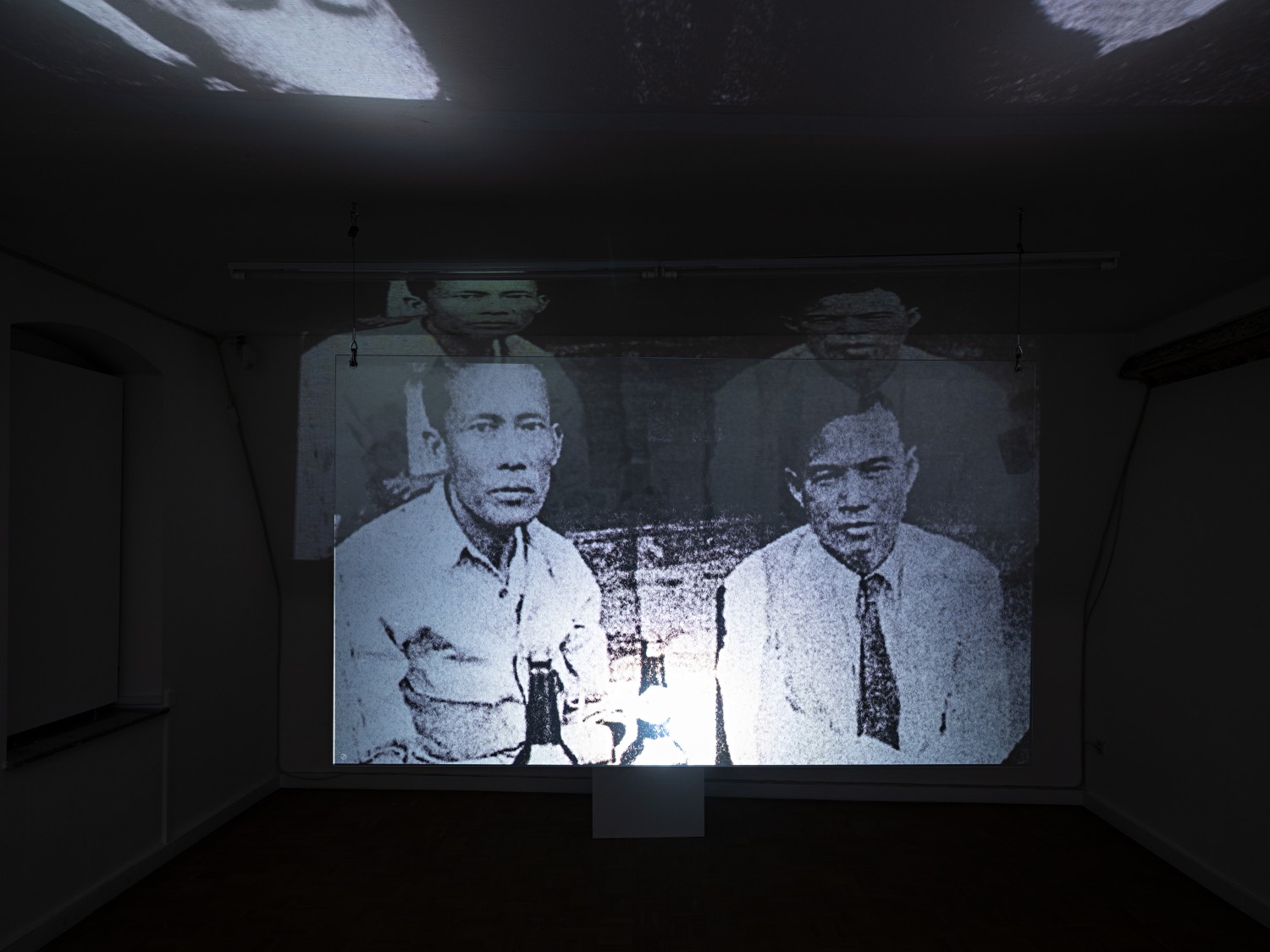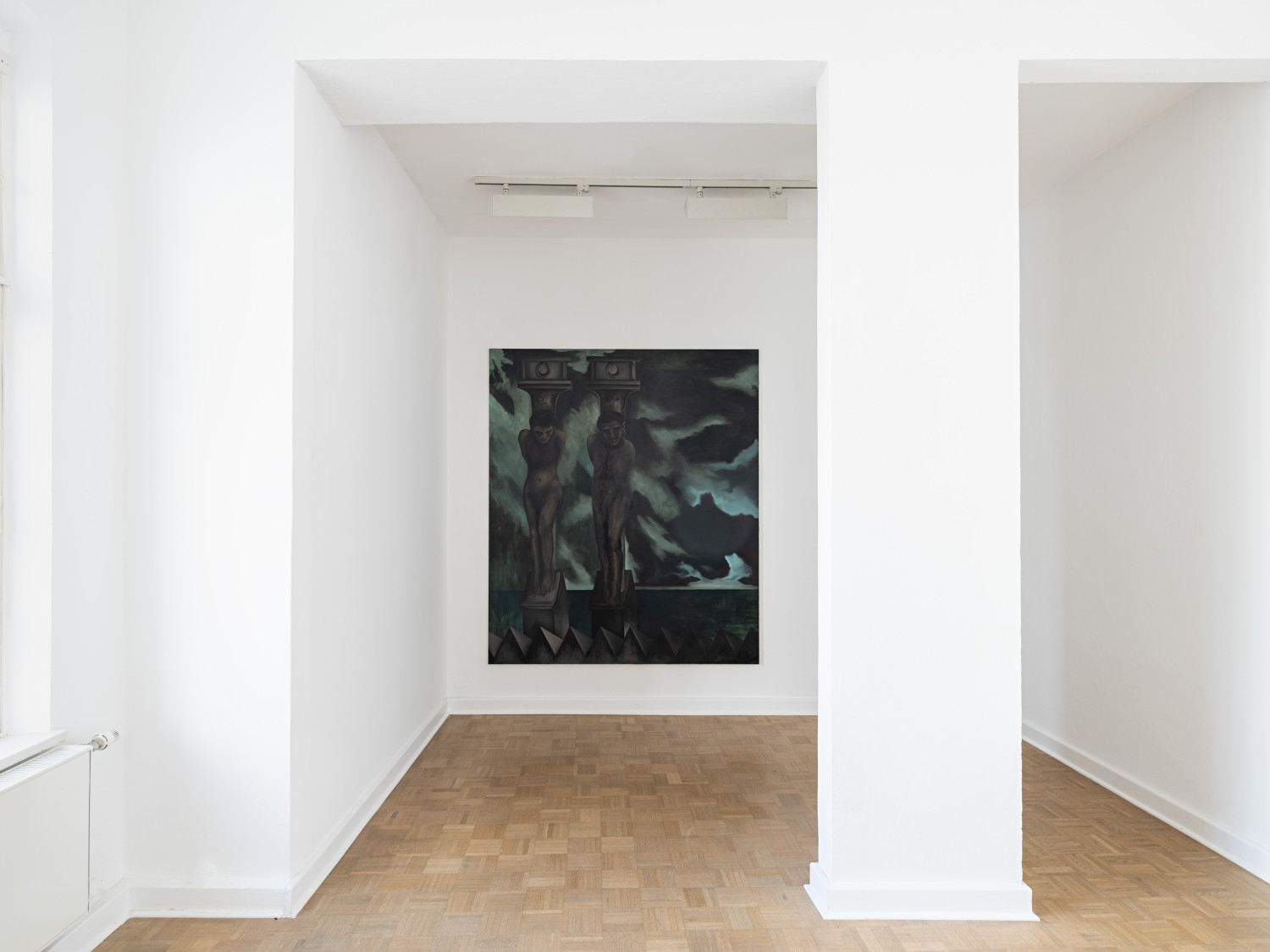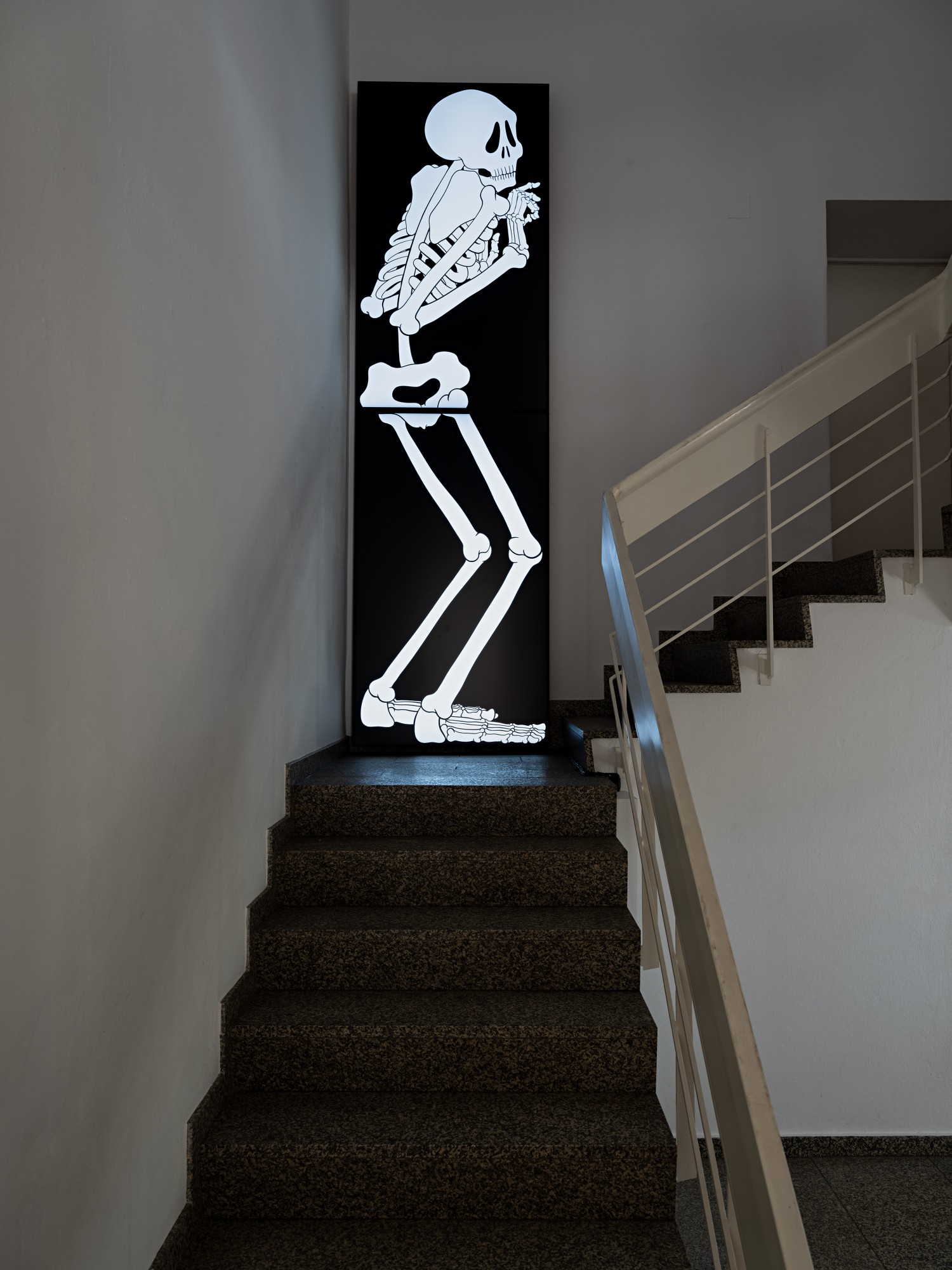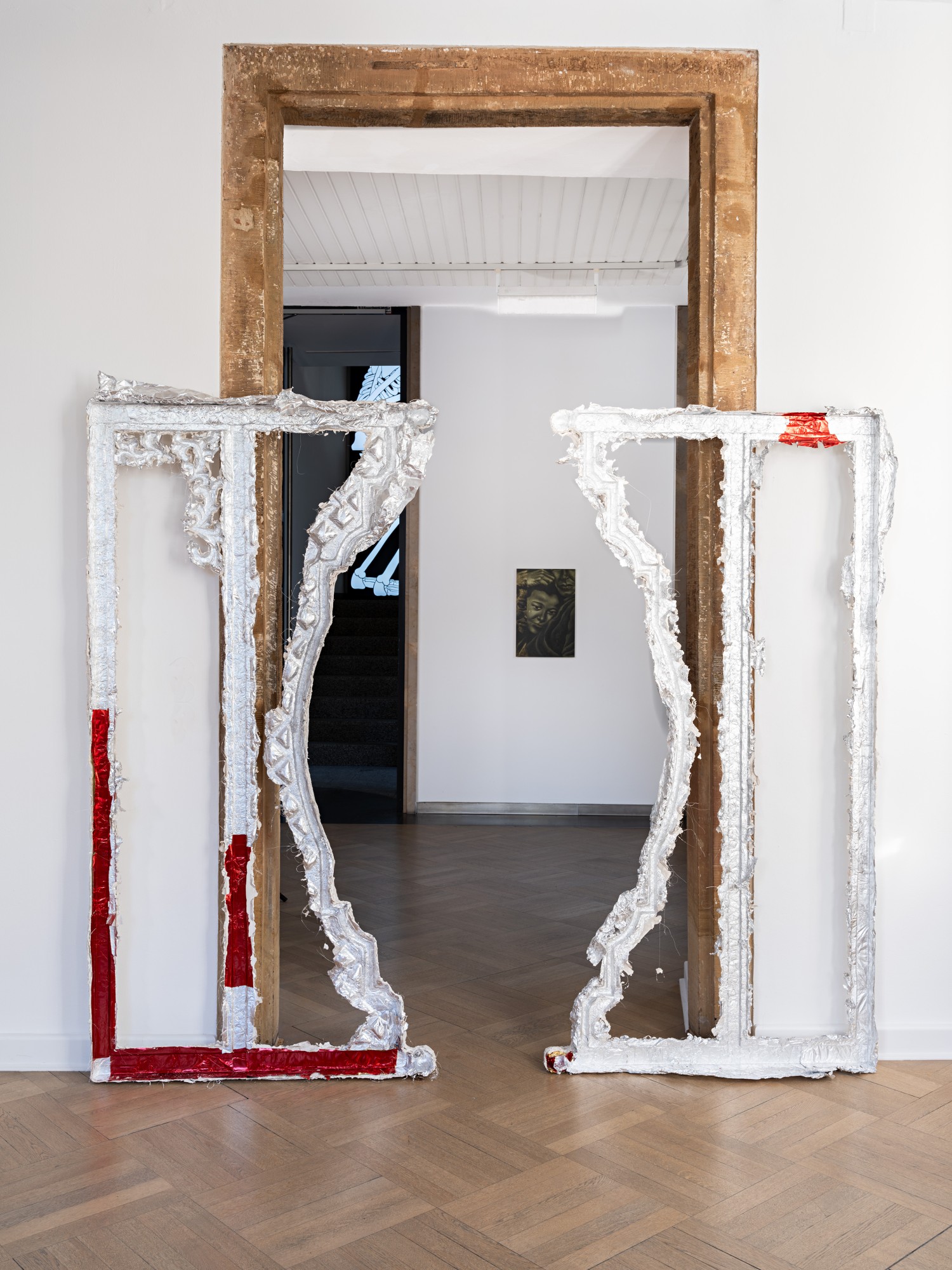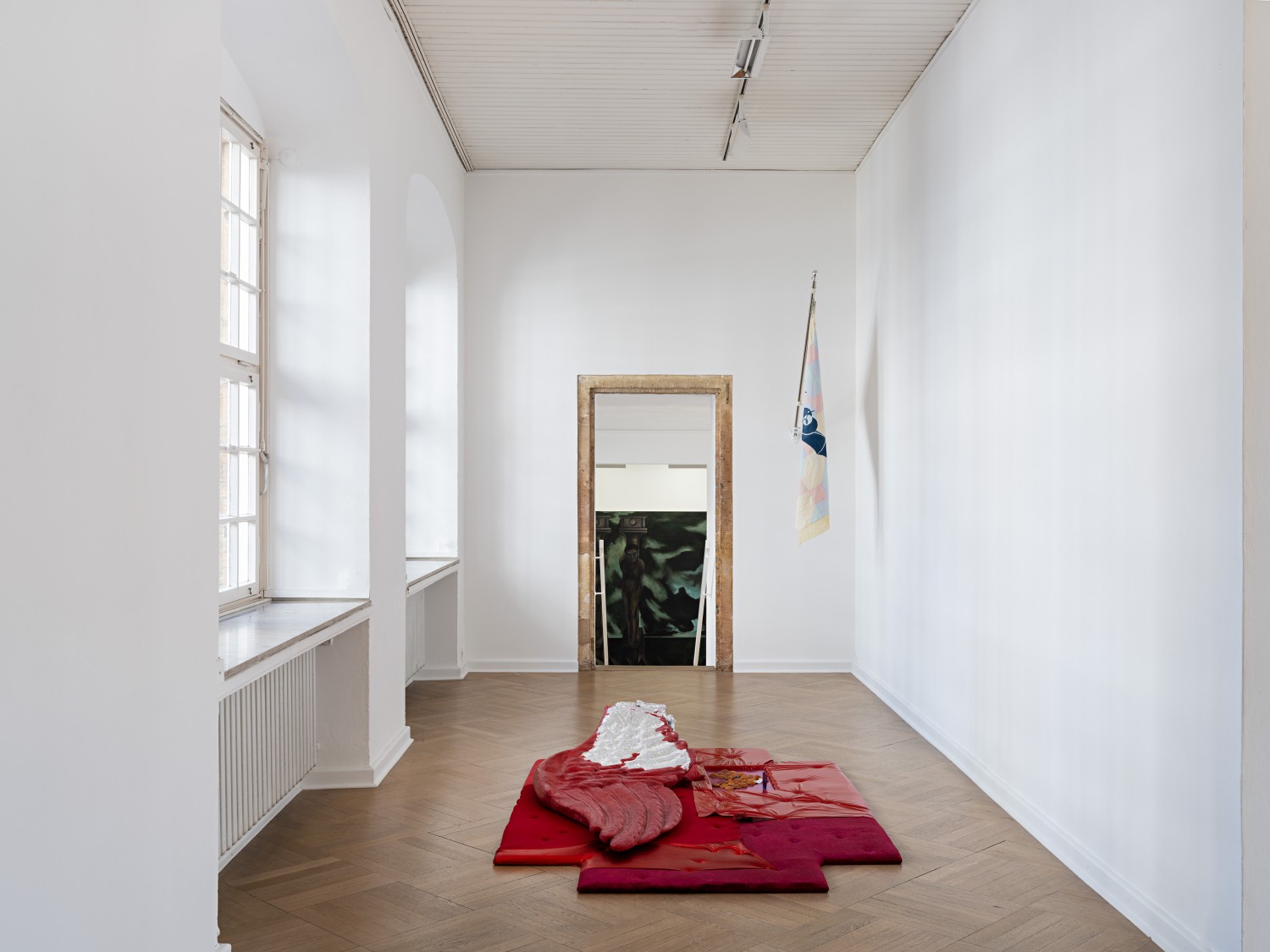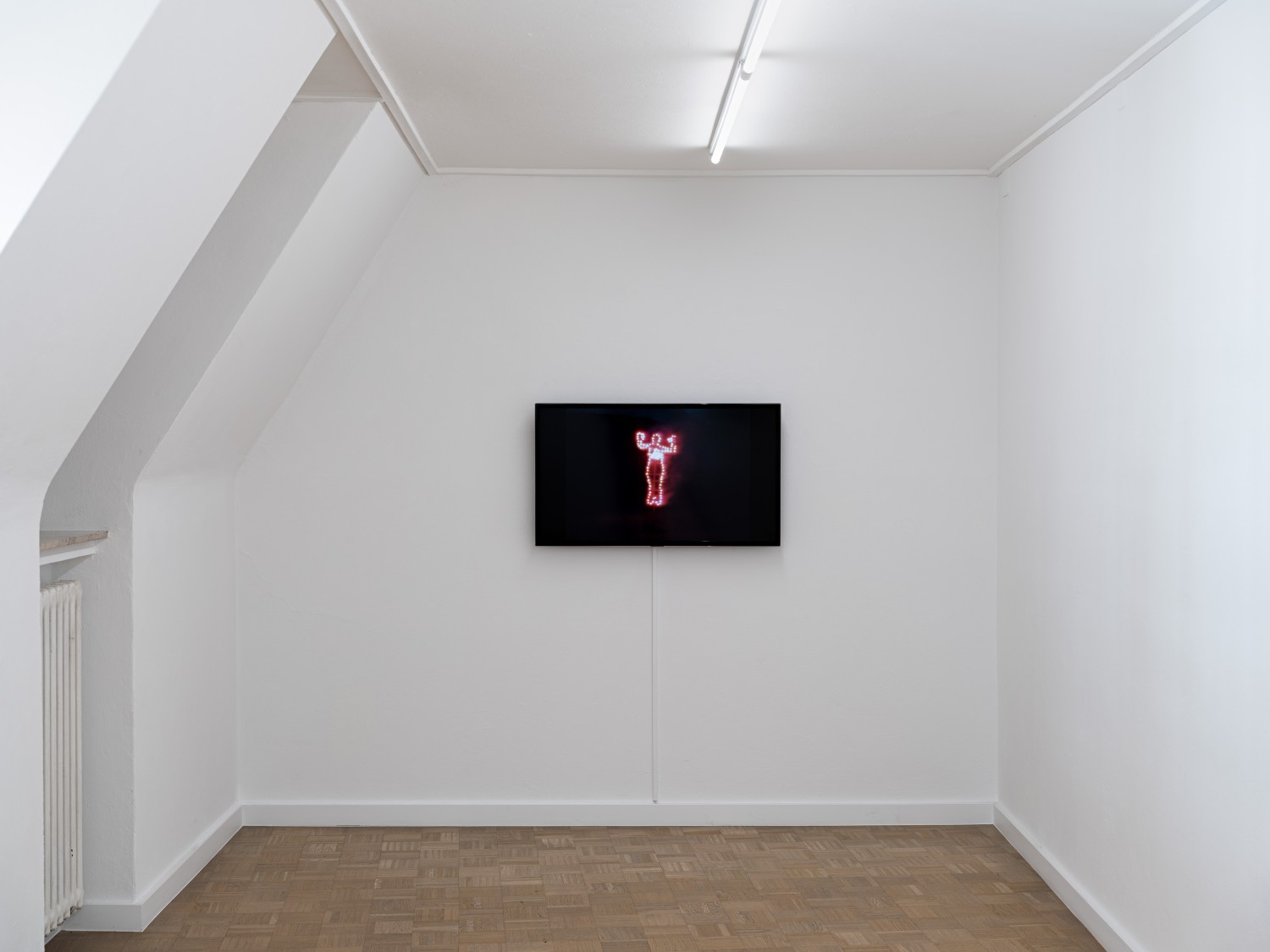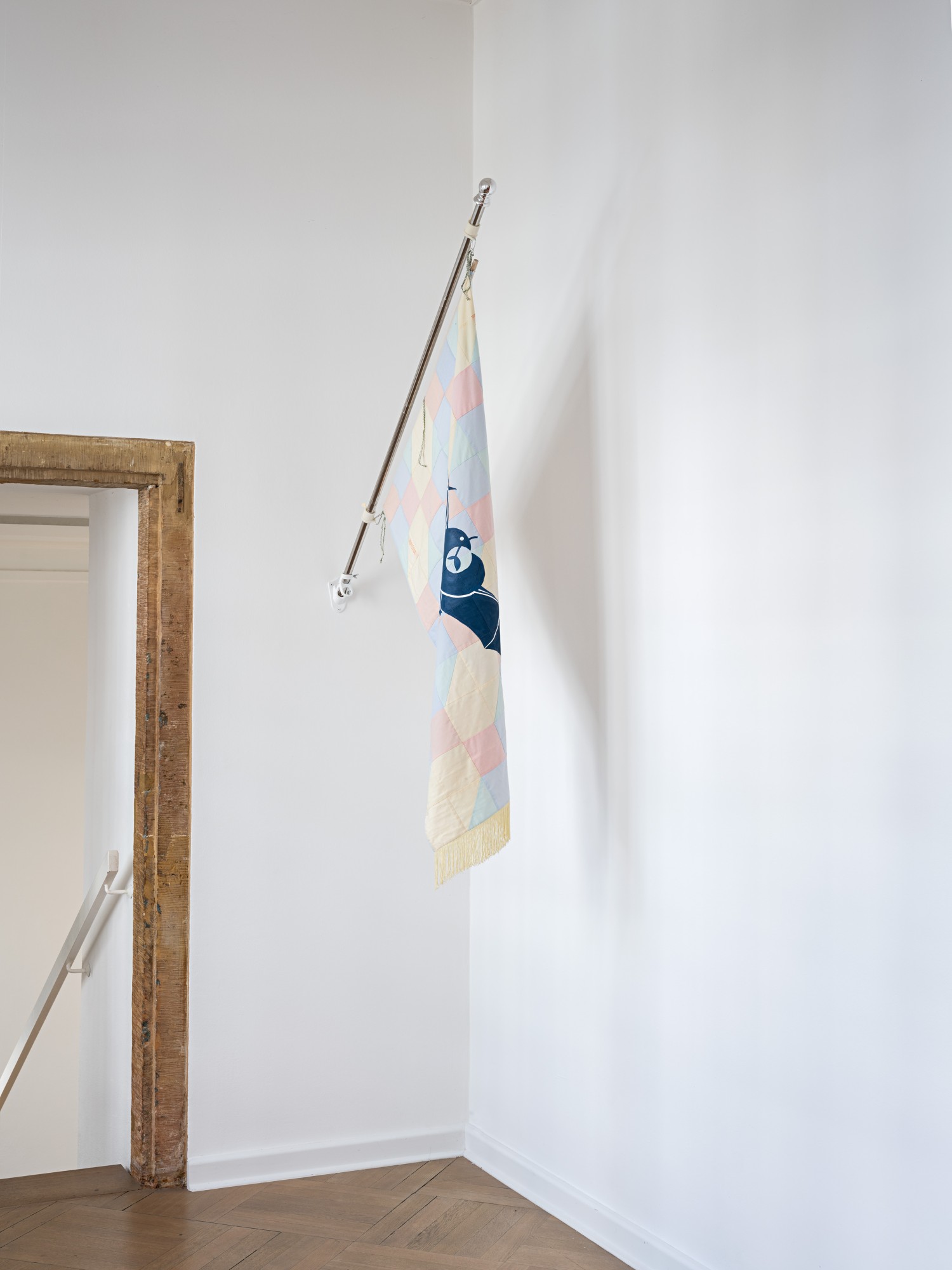Tod am Wasser (Der pinkelnde Tod), in Eng: Death by the Water (Pissing Death), is the title of an 1881 painting by the Leipzig-born artist Max Klinger. It shows a skeleton, standing on the bank of a river, peeing into the water. With this grotesque scene, Klinger on the one hand demystifies the omnipresent threat of the Grim Reaper, and on the other, he depicts him as a functioning being. This art historical reference in the exhibition title, Der pinkelnde Tod or what the dead do, provides a starting point for reflection on the relationship of the living to death, to deceased loved ones and to mourning in Western society. Kunstverein Bielefeld is pleased to present a selection of works by Lewis Hammond, Rosa Joly, Özgür Kar, Ana Mendieta, Phung-Tien Phan, Benoît Piéron, Raphaela Vogel, Apichatpong Weerasethakul and Sebastian Wiegand, who each explore this theme in personal, philosophical, spiritual and political ways.
The Covid-19 health crisis has revealed a collective panic about the fragility of the human body, not to mention death. This reaction has made clear how uncomfortable the subject is, at least in the West, and how there seem to be few alternative means or rituals, other than mourning, to accompany the feeling of emptiness that the death of a loved one can leave behind. With this idea, Belgian sociologist of science and psychologist Vinciane Despret introduces her book Au bonheur des morts (Our Grateful Dead, 2015). From the end of the 19th century, the secular and official view prevailed in the West that death only gives way to nothingness. Where there was closeness before, now there is nothing. As a result, mourning, in its simplified Freudian interpretation, has seemingly become the only way to deal with death. “Mourning,” the author explains, “instructs the living to sever ties with the deceased.”
But do we really want to cut our connection to the dead? Do we want to grieve? And above all, do we have a choice? Sometimes the dead haunt us in our dreams, leaving signs or even asking us to do things for them. In Beloved(1987), American author Toni Morrison’s harrowing novel about the history of slavery in America, one of the deceased characters even comes back in the flesh. Whether this story is metaphorical or not, it nevertheless shows the weight – the presence – with which the dead stand in our lives. In their afterlife, they can be very active. Of course, one may smirk about all this and rationalize it away. Nevertheless, the dead do not cease to manifest themselves. Thus, Despret also emphasizes that “the dead are only really dead when you stop talking to them, that is, when you stop caring for them”.
Because of their new existence – or better: their new “mode of existence” – the dead demand a place in the life of the living. Roland Barthes’ Journal de Deuil (Mourning Diary in English) offers one interpretation of what it might mean to give space to someone who has died. Over a period of two years following his mother’s death, the French author collected the impressions of his daily grief. The pages of the book, which always remind him of his mother, become a place where she continues to subsist. Through his words, Barthes gives her an enriched posthumous destiny.
Thus, the exhibition Der pinkelnde Tod or what the dead do arises from this urgency to give death a place in life, a place that brings life closer to death and where these two states do not appear in binary opposition. Through memories, objects, rituals and the works’ emphasis on the invisible and the unspeakable, death becomes this ever-changing entity, a source of fluidity between the exterior and the interior, the before and the after, the other and the self.
Curated by Oriane Durand
KUNSTVEREIN BIELEFELD
Welle 61
33602 Bielefeld
Thu - So 12:00 – 18:00
Mo-Wed, by appointment
Closed on public holidays
Closed on easter 18.04.2025 - 21.04.2025
T +49 (0) 521.17 88 06
F +49 (0) 521.17 88 10
kontakt@kunstverein-bielefeld.de
